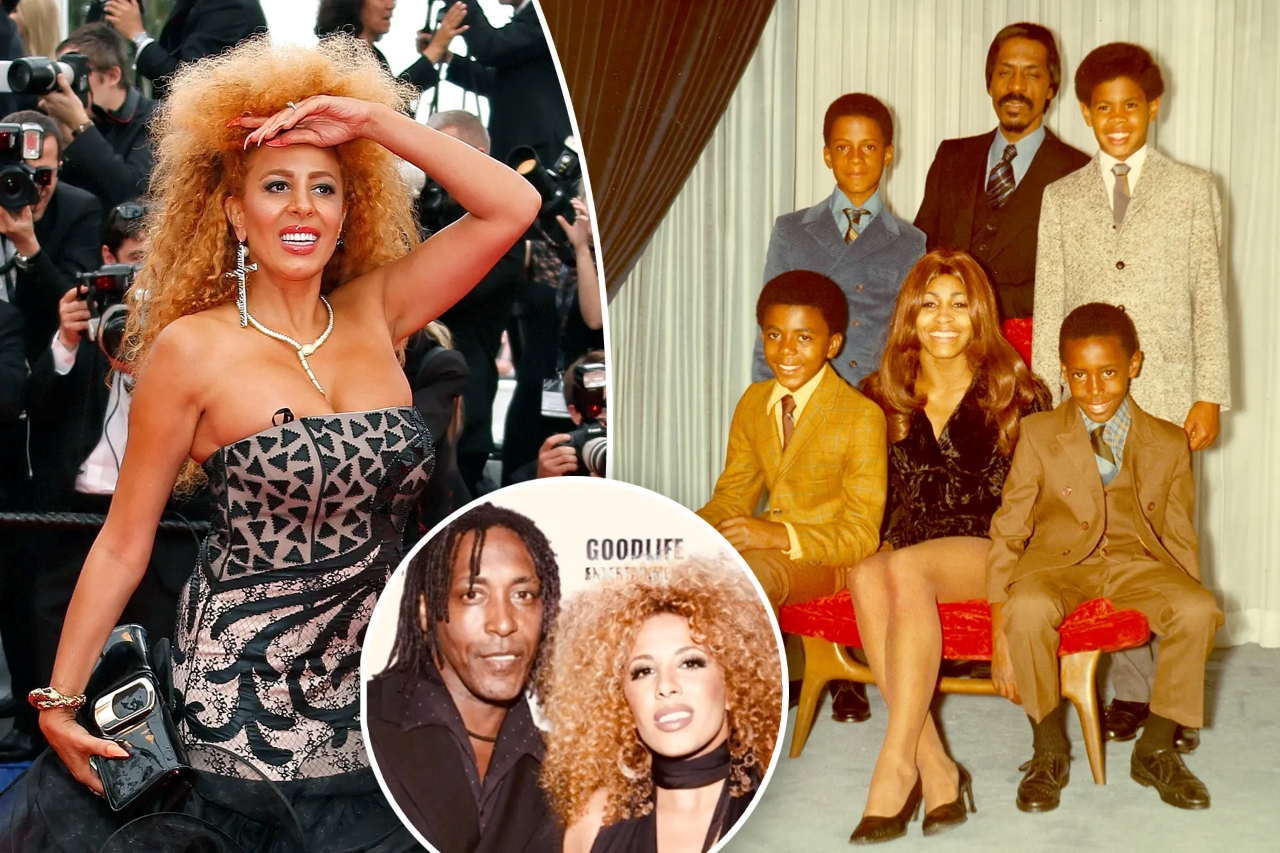✨ From Chaos to Chanting – The Turning Point
In the 1970s, Tina Turner was fighting her way out of a life that nearly destroyed her. The abuse she endured during her marriage to Ike Turner had left deep scars, not only physically but spiritually. After fleeing from that relationship with only 36 cents and a gas station credit card, she was left with a broken name and an uncertain future.
It was during this time of emotional collapse that a friend introduced her to Buddhism, specifically the practice of chanting Nam Myōhō Renge Kyō, a mantra rooted in Nichiren Buddhism. At first, it was strange – words she didn’t understand, rituals she’d never practiced. But something about the vibration, the focus, the self-discipline resonated.
“When I started chanting, I didn’t even know what I was saying,” Tina admitted. “But I could feel something inside me shifting.”
What began as a whisper of hope turned into a powerful force of transformation.

🔥 Faith on Fire – Bringing Spirituality to the Stage
Unlike many who kept their faith private, Tina Turner brought hers with her – on stage. Before every performance, she chanted Nam Myōhō Renge Kyō as a form of grounding and empowerment. This wasn’t a gimmick. It was survival.
At massive stadium shows, beneath the sequins and screams, Tina’s power came from a deeper place – a quiet ritual performed in hotel rooms and backstage corners. It gave her the strength to give everything, every night.
“People said they could feel something from me when I sang. That was the chanting,” she later said.
Buddhism didn’t take away her rage – it gave it structure. It didn’t calm the fire – it gave her the courage to walk through it. Her concerts were spiritual battles wrapped in rock and roll fury.
💫 The Unlikely Rock Goddess
In an era dominated by male rock stars, Tina was louder, bolder, and more electrifying than most. She danced like her life depended on it. She sang like she had nothing left to lose. And behind the heels and hair was a woman who began every day in stillness.
It was this contrast that made her so magnetic – the peace of a Buddhist, the roar of a warrior.
Critics were stunned when she came back in the 1980s with Private Dancer, her solo rebirth album, at age 44. No longer in anyone’s shadow, Tina’s music was infused with clarity and control. She wasn’t just a survivor – she was a creator, finally in command of her destiny.
“I had to learn to love myself again,” she said. “Buddhism helped me sing again – not just on stage, but in my soul.”
💖 A Life of Duality – Stillness and Thunder
Off stage, she meditated. On stage, she exploded. This dual life became her identity. It wasn’t just about belief – it was about balance.
In interviews, Tina often talked about how her spiritual life didn’t erase the past – it gave her tools to face it. The chanting reminded her of her inner strength. The silence taught her how to hear her own voice again.
When she sang “What’s Love Got To Do With It,” the anger and wisdom behind the question hit harder than any drumbeat. When she sang “The Best,” she wasn’t just flattering someone – she was declaring herself.
🌟 Legacy of a Warrior Monk
Tina Turner didn’t ask for pity – she asked for a mic. And when she got one, she used it to tell stories of pain, survival, and faith. Her belief in Buddhism was not an aesthetic. It was a shield, a sword, and a secret ingredient to her resurrection.
In her later years, she became more open about her practice, even releasing a spiritual music album (Beyond) and performing Buddhist chants with global spiritual leaders.
She once said: “I don’t need anyone to rescue me anymore. I rescued myself. Through chanting, I found the Tina I was supposed to be.”
Tina Turner passed away in 2023, but her voice still vibrates through arenas, radios, and rituals. Not just as a rock star – but as a spiritual warrior who found her power not in anger, but in awakening.